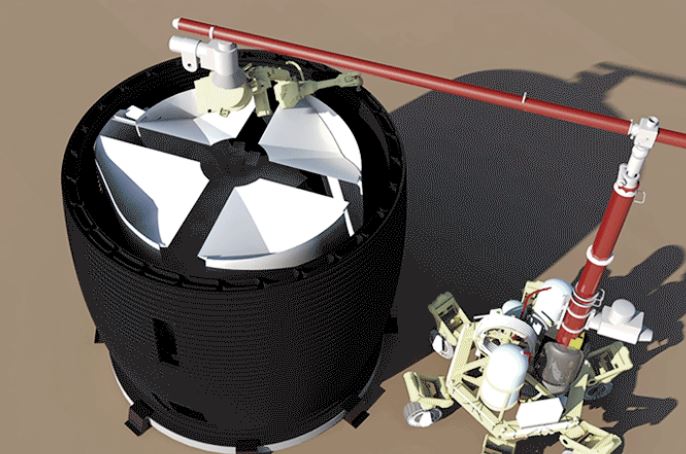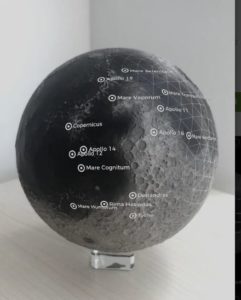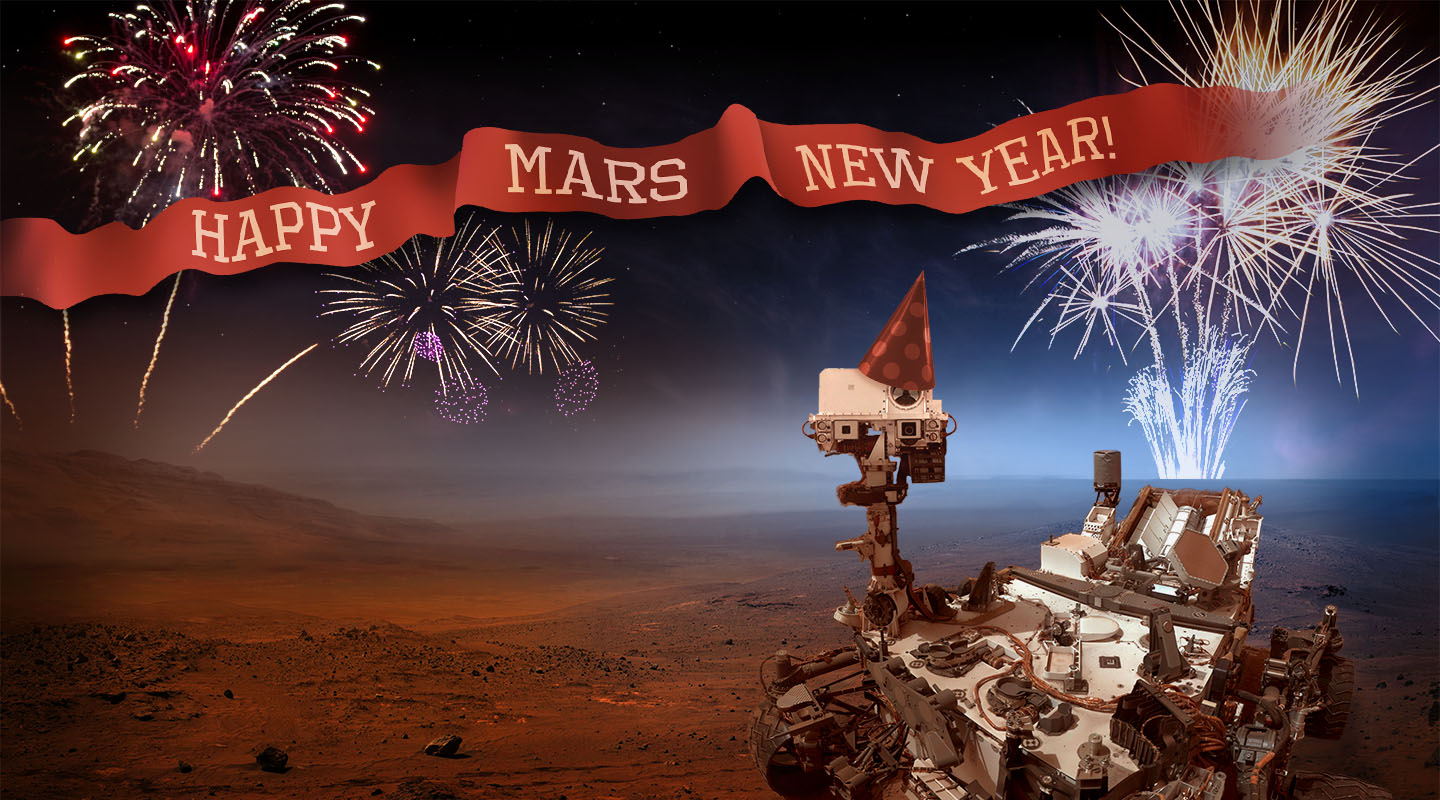Mars Society – Mars VR Kickstarter project – Be a crowdexplorer!
The Mars Society is currently running a Kickstarter campaign to raise funds for a new open-source virtual reality platform called MarsVR, which will be used for serious research to support the goal of sending humans to the Red Planet.
The MarsVR program will be a unique multi-phase effort designed to pioneer the emerging field of CrowdExploration, which we define as the partnership between the first astronauts on Mars and VR experts and enthusiasts back on Earth. The Mars Society aims to develop a special VR platform to assist with the initial human exploration of Martian landing sites.
Phase 1 of the MarsVR program will focus on designing training simulations for the Mars Society’s Mars Desert Research Station in Utah, providing direct assistance in preparing MDRS crew members for their analog research and testing. Since every moment at MDRS is valuable, just like actual astronauts working in space, the Mars Society wants its crew members to make the most of their time “on Mars.” Key elements of the platform will also be open-sourced so that the general public can freely make use of it to experience human Mars exploration.
As part of MarsVR, the Mars Society intends to build a high-resolution simulation of the entire MDRS habitat, both inside and out. To complete the experience, Mars Society staff will scan a one-square mile capture of the Mars-like terrain around MDRS using the latest photo-grammetry techniques.
With your direct support and involvement, the Mars Society can pioneer the use of virtual reality for exploring Mars, as well as expanding Mars advocacy and outreach among our global community.
Kickstarter deadline is May 31, 2018.
Join the Kickstarter: http://bit.ly/MarsVR1
Program website: www.marsvr.io





